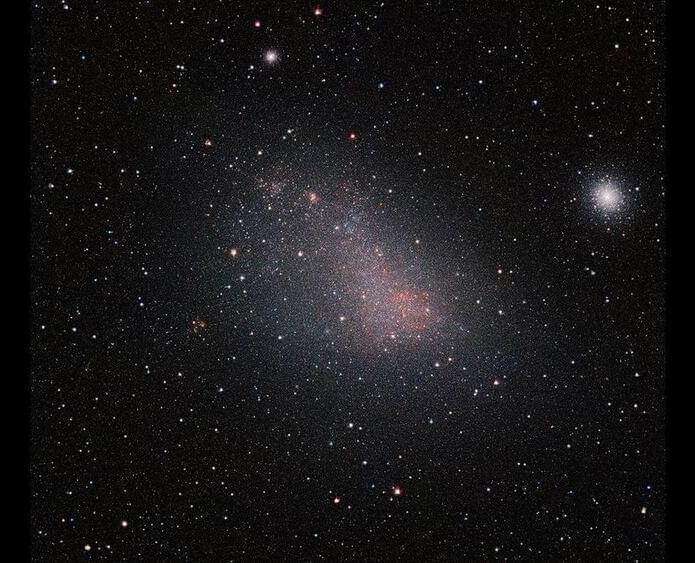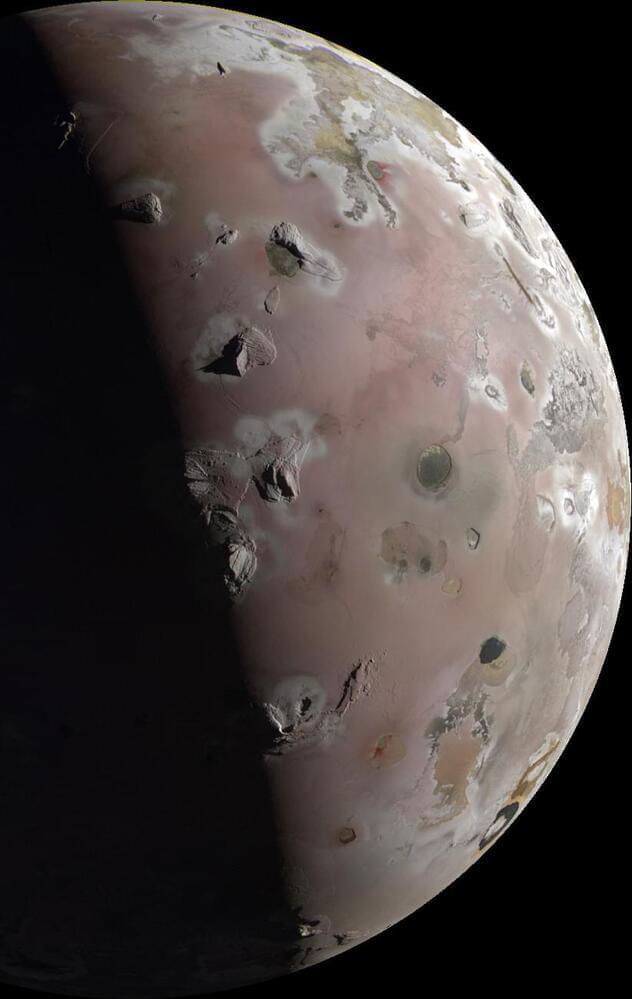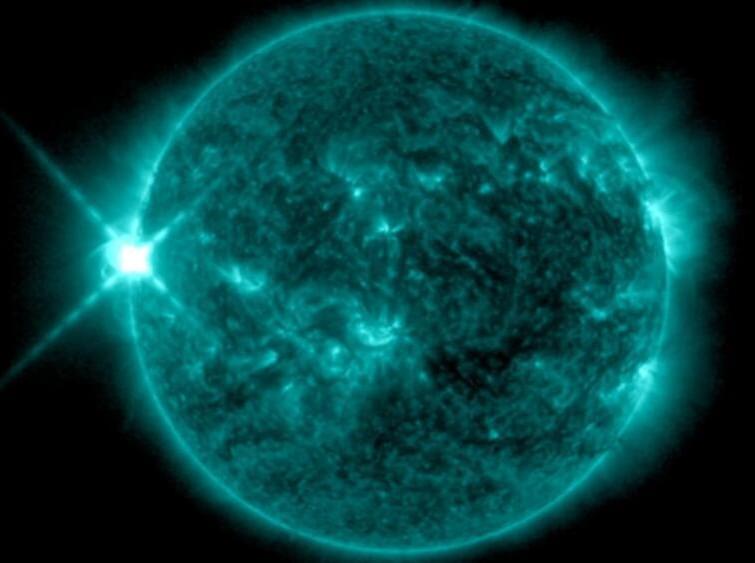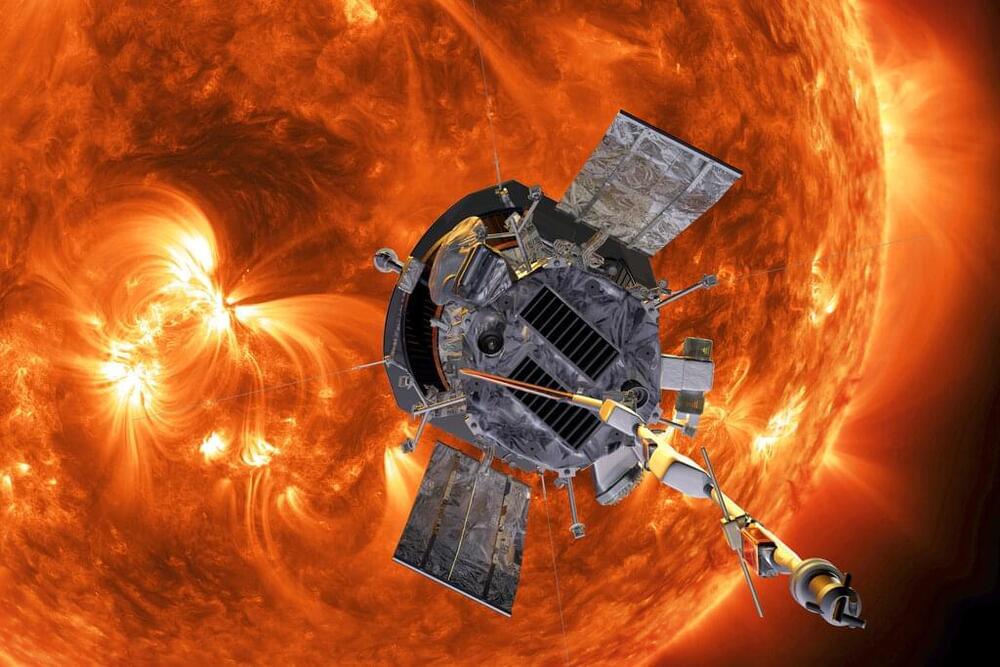New observations of the Small Magellanic Cloud show that it might actually be two galaxies disguised as one.
Category: space – Page 174
The Juno spacecraft’s instruments will help scientists better understand volcanic activity on the volatile moon’s surface.
A recent paper suggests our understanding of the cosmos is wrong and proposes a different model. Could this new idea be right? In a word: No.
The recently detected gravitational waves are a muddled mix of various sources, new study finds.
From robotic lunar landers perusing the surface to an astronaut flyby, 2024 could be the year NASA makes its big return to the moon.
Earth will be struck today by a coronal mass ejection from a huge solar flare that erupted from the sun on New Year’s Eve.
The New Year’s Eve flare created a CME, a huge bubble of plasma from a region of the sun called the corona, which is equivalent to the sun’s outer atmosphere, and this has an Earth-directed component. Though this massive ejection of plasma will only graze the magnetic bubble surrounding our planet Tuesday (Jan. 2), the magnetosphere, it could trigger a geomagnetic storm that could affect communications and power infrastructure.
The coronal mass ejection CME was hurled into space by an X-class solar flare that burst from the surface of the sun at 4:55 p.m. EST (2155 GMT) on Sunday (Dec. 31). It is the most powerful flare that has happened on the sun during the current solar cycle, solar cycle 25, which began in Dec. 2019. In fact, the flare that ended 2023 with a bang is the largest that has been observed since Sept. 10, 2017, according to the Space Weather Prediction Center of the National Oceanic And Atmospheric Administration (NOAA).
(NewsNation) —A NASA probe will fly within nearly 4 million miles of the sun’s surface.
The probe is expected to pass the sun 3.8 million miles from its surface on Christmas Eve this year, BBC News reported.
“This will be a monumental achievement for all humanity,” Parker project scientist Dr Nour Raouafi told BBC News. “This is equivalent to the Moon landing of 1969.”
Matter inside neutron stars can have different forms: a dense liquid of nucleons or a dense liquid of quarks.
Recent studies reveal that in neutron stars, quark liquids are fundamentally different from nucleon liquids, as evidenced by the unique color-magnetic field in their vortices. This finding challenges previous beliefs in quantum chromodynamics and offers new insights into the nature of confinement.
The science of neutron star matter.
New research reveals a never-before-seen behavior in a repeating Fast Radio Burst, offering fresh insights into these mysterious cosmic phenomena.
Astronomers are continuing to unravel the mystery of deep space signals after discovering a never-before-seen quirk in a newly-detected Fast Radio Burst (FRB).
FRBs are millisecond-long, extremely bright flashes of radio light that generally come from outside our Milky Way galaxy. Most happen only once but some “repeaters” send out follow-up signals, adding to the intrigue surrounding their origin.









